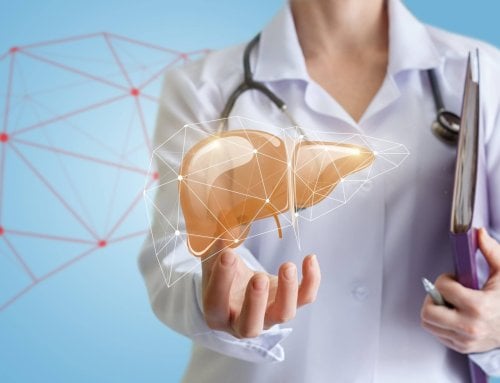As many as a third of people with diabetes will have a skin condition related to their disease at some time in their lives. In fact, such problems are sometimes the first sign that a person has diabetes.[1]
Omega-3 might be the key to healthier skin, hair and nails
Signs that you are omega-3 deficient might be dry rough patches on skin, dry hair, soft or brittle nails, small bumps on the back of upper arms and legs, eczema, dandruff and dry eyes. Omega-3 deficiency symptoms may be overlooked by doctors because they are shared by other illnesses. Scientists have recently given a name to Omega-3 deficiency – it is “Fatty Acid Deficiency Syndrome”.
Atherosclerosis is the narrowing of blood vessels from a thickening of the vessel walls due to plaque buildup. People with diabetes tend to get atherosclerosis at younger ages than other people do. While it often affects the blood vessels near the heart, atherosclerosis can affect blood vessels throughout the body, including those that supply blood to the skin.
When the blood vessels supplying the skin become narrow, changes occur to the skin due to a lack of oxygen, such as hair loss, thinning and shiny skin especially on the shins, thickened and discolored toenails, and cold skin. Because blood carries the white blood cells that help fight infection, legs and feet affected by atherosclerosis heal more slowly when they are injured.[3]
Omega-3 can help reduce atherosclerosis
The anti-inflammatory effects of omega 3 fatty acids can protect against atherosclerosis. Several studies have shown that daily supplementation with as little as 1 gram of EPA and DHA can significantly decrease the risk of developing atherosclerosis.[4] In addition to reducing the risk of developing atherosclerosis, omega 3 fatty acids, particularly DHA, also slow the progression of the disease.[5]
Keeping your diabetes under control is the most important factor in preventing the skin related complications of diabetes. Add Omega-3s to your physician’s recommended daily nutrition, exercise, and medication program to help keep your skin, hair and nails looking and feeling great.
NOTE: Consult your doctor first to make sure my recommendations fit your special health needs.
References:
- http://www.diabetes.org/living-with-diabetes/complications/skin-complications.html
- http://www.ncbi.nlm.nih.gov/pubmed?term=dietary%20omega%20deficiency%20dry%20skin
- Hino, Asuka; Hisashi Adachi, Koji Toyomasu, Noriko Yoshida, Mika Enomoto, Akiko Hiratsuka, Yuji Hirai, Akira Satoh, Tsutomu Imaizumi (2004-09). “Very long chain N-3 fatty acids intake and carotid atherosclerosis: an epidemiological study evaluated by ultrasonography”. Atherosclerosis 176 (1): 145-149. doi:10.1016/j.atherosclerosis.2004.04.020. ISSN 0021-9150.
- Erkkilä, Arja T; Nirupa R Matthan, David M Herrington, Alice H Lichtenstein (2006-12). “Higher plasma docosahexaenoic acid is associated with reduced progression of coronary atherosclerosis in women with CAD”. Journal of Lipid Research 47 (12): 2814-2819. doi:10.1194/jlr.P600005-JLR200. ISSN 0022-2275.












So how to get more in diet or just use supplements?